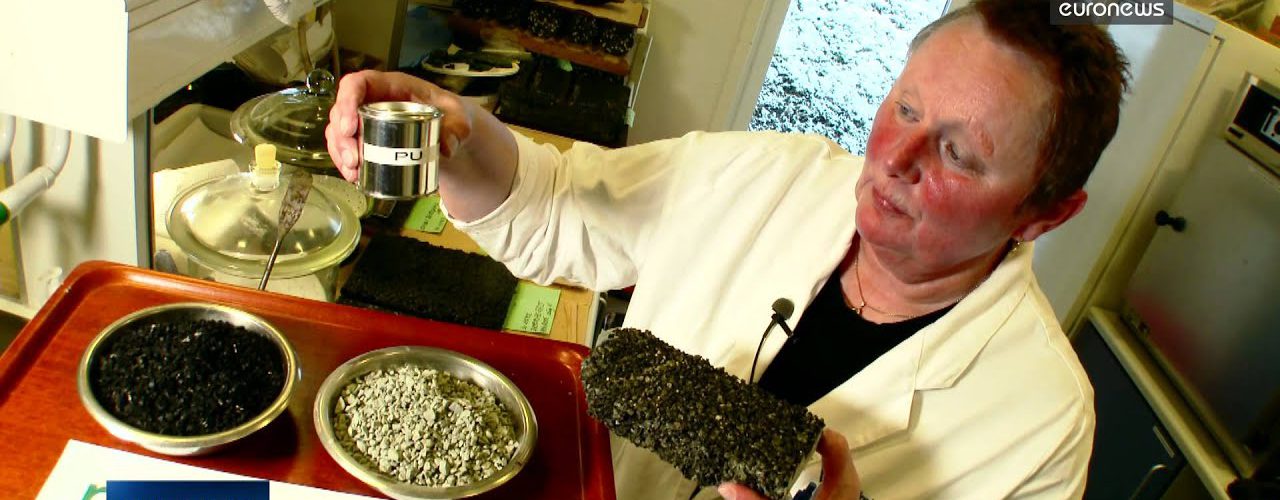Noise pollution is still an issue on Europe’s roads. But thanks to technological advances, it’s less down to the sound of the car’s engine and more about how tyres touch the road surface.
One solution is being tested in Denmark where part of the road has been covered with experimental surface material that dampens the tyre noise.
Researcher Luc Goubert from the Belgian Road Research Centre says by optimising the road surface, countries can reduce tyre-road noise.
“You have three parameters – you have the texture, you have the absorption and you have the elasticity – and elasticity is one parameter that has not been exploited so far,” he said.
How does it work?
An elastic road surface cover, developed by a European research project, removes about 85 percent of the energy from the traffic noise.
Hans Bendtsen, a researcher in road traffic noise, measured an 8dB reduction in noise which he said was “remarkable”.
“If you wanted to create the same noise reduction, you would need to have a noise barrier of a height of around 3 meters,” said Bendtsen.
Tested in different environments
The material is subject to consistent laboratory improvements where rain water is passed through to ensure the tyres have sufficient tread on the road.
“The poroelastic road material is composed of crushed rubber from used car tyres, and crushed granite, glued together with polyurethane,” said Annette Neidel a laboratory technician working on the project.
Cost is an issue
Covering roads with recycled tyres isn’t a new idea, but previous attempts had serious durability issues and were expensive.
“We’re trying to develop a material that has a high, good noise reduction, has a good durability, a good price, and also a good friction,” said researcher Hans Bendtesen.
Good friction is vital for road safety, and that’s what’s been studied on another road track in Sweden. In winter, the rubber-containing material yields a better grip than normal asphalt.
Carl Södergren, a research enginner in measurement technology explained how they calculate resistance.
“I’m measuring friction with this special car that has a fifth wheel. By lowering the wheel with this button, I can determine the friction on this special road,” he said.
Noise barriers replaced?
“This surface is absolutely more expensive than a normal pavement would be, but we think that it should be used as an alternative to noise barriers, and the noise barriers are terribly expensive. So we think it could be a viable option in such cases,” said Ulf Sandberg, another researcher on the project.
But will it be durable enough? Researchers use a specially designed carousel to simulate years of traffic load on the test surface. It shows how fast the material deteriorates and how much pollution it produces.
“We know that this poroelastic surface is as durable as normal asphalt. And here we also have measured the amount of dust that is produced – and this pavement is producing less dust than a normal asphalt,” said Bjorn Kalman, a pavement engineering researcher.
Quiet, reliable and environmentally friendly – researchers believe that this material can begin to replace noise barriers across Europe in the near future.





